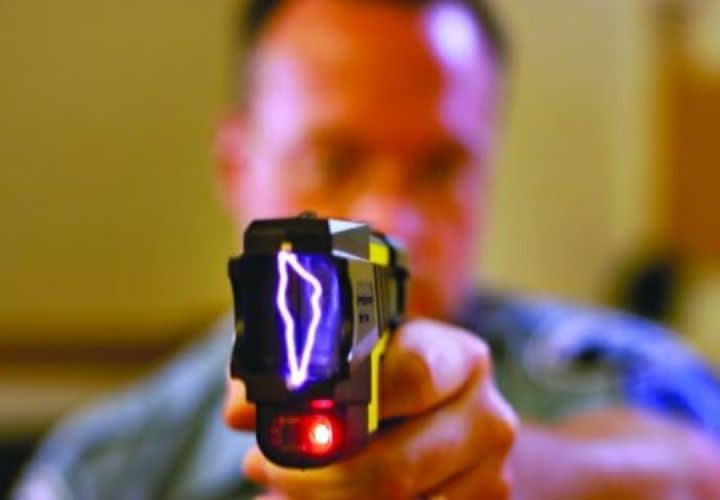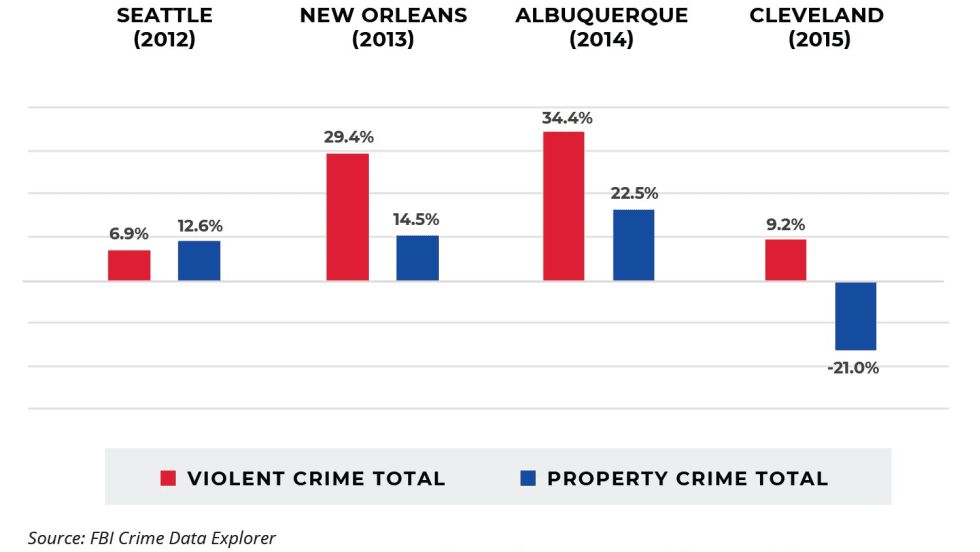"We cannot prove that the TASER would not have an adverse effect on the one-in-a-million person who cannot be replicated in the lab," Smith explains. "We can't test on every possible human condition, particularly the ones that involve toxic doses of drugs of unknown origin. Even if we could do the testing, we can't replicate the chemical compositions of street drugs made in bathtubs."
TASER officially states that the preferred targeting advice does not prohibit officers from shooting suspects in the chest when they have no other choice or during a fast-developing violent confrontation. "In no way are we saying chest shots are dangerous," Smith stresses. "We've been on the market for 10 years and have hundreds of thousands of chest hits and an extraordinary safety record."
Smith adds that TASER will still stand by officers who shoot subjects in the chest and end up in a court of law facing liability. "We will be there with the same vigor that we have always had in these cases and with all the scientific studies that help validate that TASER does not affect the human heart," he says.
Still, Smith says agencies will be better off if they don't shoot subjects in the chest. "Explaining to a civil jury that a TASER shot across the chest did not have an effect is a very high hill to climb," he explains.
And Smith admits that the new targeting guidelines are also a response to Canada's
Braidwood Inquiry
. The two-phase inquiry conducted by retired judge Thomas R. Braidwood examined TASER safety in light of the death of Polish immigrant
Robert Dziekanski
who died in Vancouver International Airport after being shocked multiple times with a TASER. The Phase One report of the Braidwood Inquiry was submitted to the British Columbia legislature in July, and it concluded that TASER can kill by causing cardiac rhythm irregularities. TASER has appealed the finding arguing that the inquiry was selective, biased, and not supported by science.







